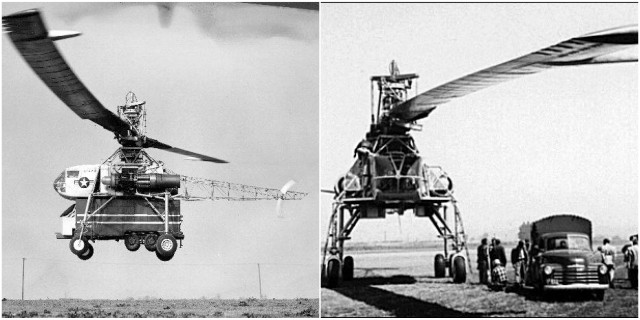Back in 1946, the US Army came up with a strange requirement for an extremely large helicopter capable of lifting up to 10,000 lbs (4,536 kgs), at a speed of 64 mph (105 km/h), over a range of 100 miles (160 km).
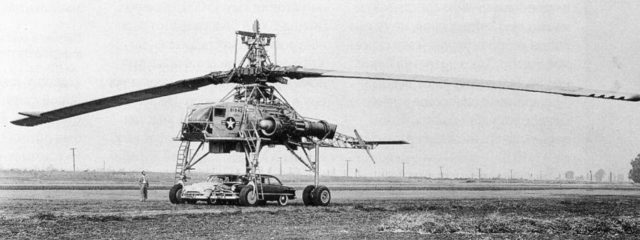
This helicopter was supposed to be capable of lifting heavy military vehicles up and over rivers, canyons, and other obstacles.
At first, the project was developed by Kellett Aircraft Corporation but Kellett started having financial difficulties during the preliminary development and they decided to sell the rights and the prototype that wasn’t yet finished to Hughes aircraft division.
The Hughes XH-17 “Flying Crane” was a prototype heavy-lift helicopter developed during the 1950s. Hughes was known for his flying boat, the H-4 Hercules, and he had never built helicopters or mass-produced aircraft.
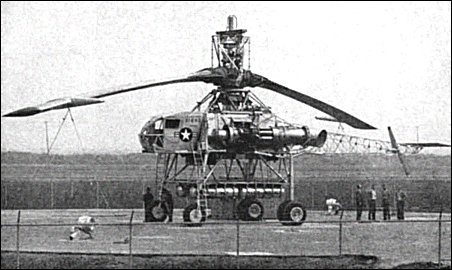
The Hughes aircraft division hired some of the members that were previously woking for Kellett Aircraft Corporation on the project, just to be sure that the project stayed on track.
In 1948, aviation pioneer Howard Hughes Jr. began to turn the giant XH-17 Flying Crane into a reality. The project started and it was obvious that it would cost a lot, so they had to experiment with the design and numerous elements had been poached from existing aircraft.
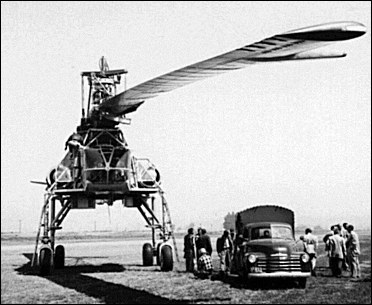
The two-seat cockpit came from a Waco CG-15, the undercarriage was made up from North American B-25 and Douglas C-54 parts, and the fuel tank came from a Boeing B-29 bomb bay tank.
At the end of 1949, they began with the ground tests but the engineers were faced with a lot of difficulties due to the complexity of the rotors, and their unusual power source.
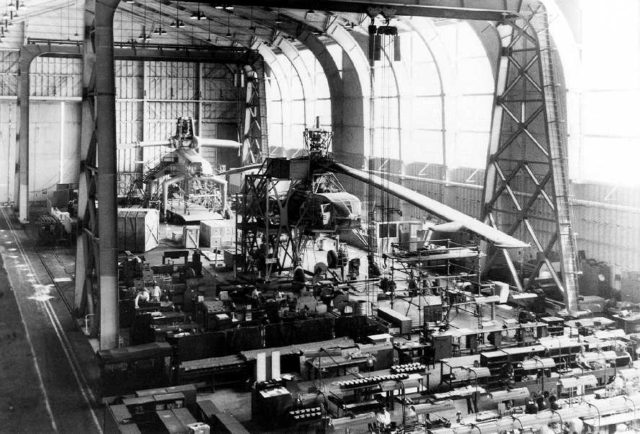
The project had to continue to develop, and on June 1950, the test rig was badly damaged when a cyclic gear failed. The Air Force was very impressed with the initial tests of the XH-17 and requested that the static test rig be upgraded to a flying prototype.
They had to make some modifications, such as the fitting of a hydraulics system and the addition of a tail rotor. On October 23rd, 1952, the Hughes XH-17 was ready for its first flight.
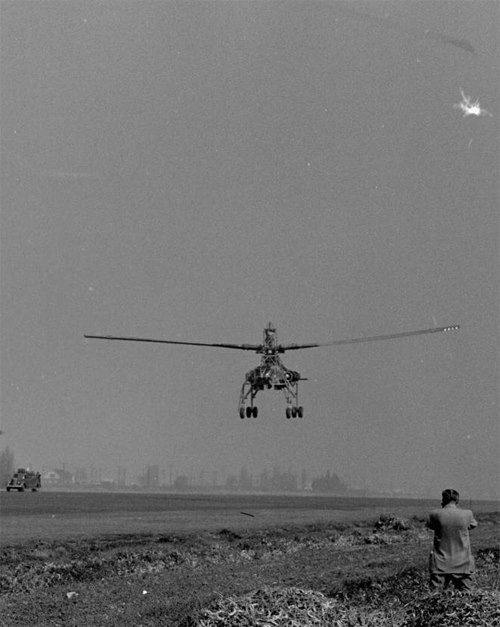
Howard Hughes, together with military officials, the press, and the public, were in attendance at the Hughes airport where the XH-17 was about to go up for its first flight.
Gale Moore was the pilot who took it to the skies. And he did take it to the skies, but unfortunately not for long. Just over a minute after take-off, it was back on the ground.
The pilot experienced difficulties in directional control of the aircraft. This wasn’t a serious problem and corrections were made very quickly, and the XH-17 was soon lumbering skyward for more test flights.
Now other problems occurred, and the high vibratory stresses experienced by the main rotors was one of them and this was harder to overcome.
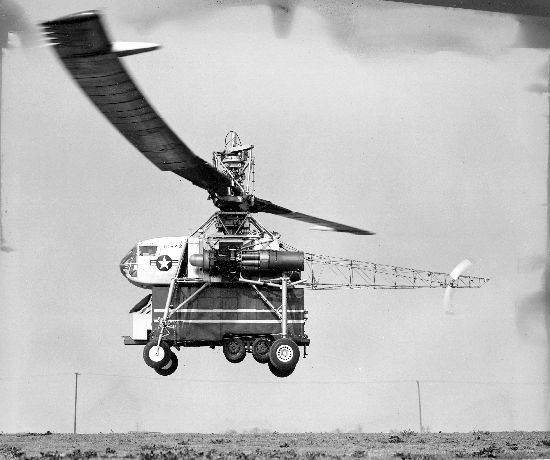
For the next three years, they had to make numerous modifications but still, they faced more and more difficulties and because of that progress was slowly made.
It was 1955 when the rotors came to the end, and a new set was required but the project was canceled by the military.
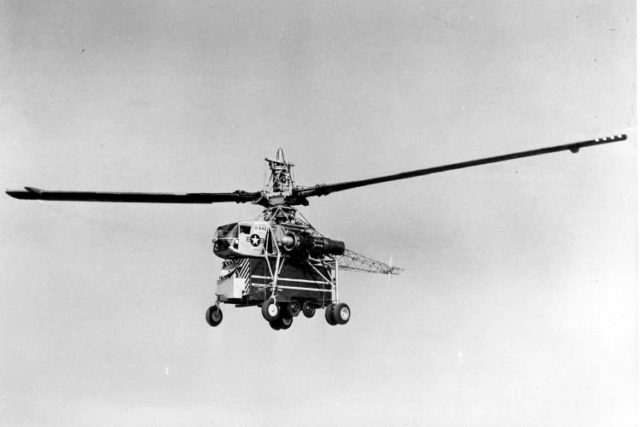
Later, larger version was proposed but the XH-28 wasn’t even started as a new project.
The XH-17 prototype was scrapped and all that remains are photos and some video footage.
